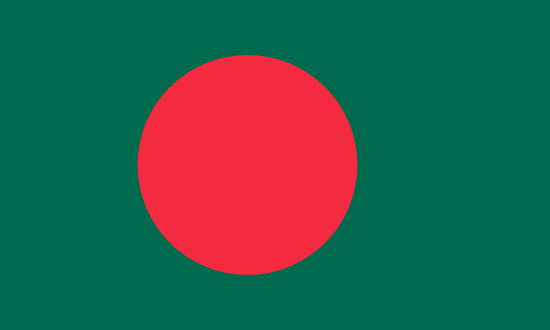"ঐতিহ্যের অভিন্ন অংশ, বাগেরহাট | An integral part of heritage, Bagerhat"
About:
Bagerhat, Bangladesh, was founded in the 15th century by Turkish general Ulugh Khan Jahan. Known for its historic mosques, it was declared a UNESCO World Heritage Site in 1985. Its most notable structure is the Shat Gombuj Mosque. Bagerhat has faced challenges due to climate change and rising sea levels but remains a significant archaeological and historical site. Its economy is largely based on agriculture, with a growing emphasis on tourism due to its rich cultural heritage.
When to visit:
Bagerhat, a UNESCO World Heritage site located in Bangladesh, is best visited during the winter months from November to February. During this time, the weather is pleasant with mild temperatures and low humidity, making it ideal for exploring the historical sites and architecture of the region. The winter months also coincide with several festivals and events in Bagerhat, providing visitors with a unique cultural experience. However, it is important to note that accommodation and tourist facilities may be more crowded during this peak season, so early booking is recommended for a hassle-free holiday experience.
When to avoid:
Traveling to Bagerhat, a historical city in Bangladesh, during the monsoon season is considered the worst time for a holiday. The monsoon season typically lasts from June to September, bringing heavy rainfall and high humidity to the region. These weather conditions can lead to flooding, transportation disruptions, and limited access to outdoor attractions. It is recommended to avoid traveling to Bagerhat during this time to ensure a more enjoyable and hassle-free holiday experience.
Winter Season (Dec-Feb)
In Bagerhat, Bangladesh, the wettest period is during the monsoon season from June to October. The average temperature ranges from 25°C to 35°C. Rainfall is heavy, averaging around 300mm per month, with frequent thunderstorms. Sunlight is limited, with overcast skies being the norm. Humidity is high, often reaching 90%. An average day for a visitor during this season would involve navigating through heavy rainfall and embracing indoor activities. Despite the rain, the lush greenery and vibrant life that the monsoon brings is a sight to behold.
Summer (March - June)
Summer (March - June)
Language:
Bagerhat, a district in South-western Bangladesh, predominantly features Bengali as the main language. This is the national language of Bangladesh and is spoken by the majority of the population. Additionally, English is also used, primarily in business and education sectors. There may also be a presence of minority languages or dialects specific to local communities.




